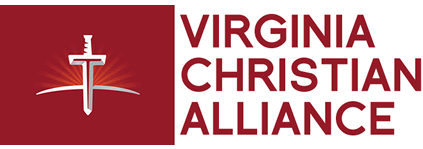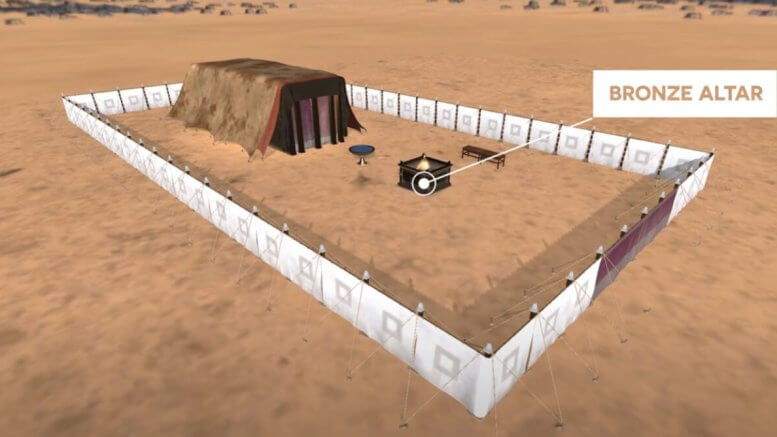Playback speed:
In Part 3 of Alan Parr’s series on the Tabernacle of Moses, we stop at the first item just beyond the Outer Gate: the Bronze Altar of Sacrifice. At a glance, it’s a place of blood, fire, and death—but it points to the hope of life through Christ.
The Altar: Where Sin Was Dealt With
The bronze altar was massive—about 7.5 feet wide and 4.5 feet tall. It stood as the first structure any worshiper encountered upon entering the Tabernacle courtyard (Exodus 27:1-8).
Made of bronze, a metal symbolizing judgment, this altar handled the blood of bulls, goats, lambs, and doves. Its message was clear: before you draw near to God, your sin must be judged.
“There is no forgiveness without sacrifice. Something has to die.” – Alan Parr
It’s Not Just an Altar – It’s a Shadow of the Cross
Each sacrifice foreshadowed Jesus’ substitutionary death. Alan emphasizes:
-
The lamb was innocent
We would appreciate your donation. -
The priest laid hands on it, symbolically transferring the worshiper’s sin
-
The animal was slaughtered, its blood poured out, its body burned
This brutal process reflected the weight of sin and the cost of atonement. Isaiah 53 foretells the suffering of the Messiah:
“He was pierced for our transgressions… the punishment that brought us peace was on Him.”
Who Was the First to Offer? God.
Alan traces the sacrificial system back to Genesis 3:21, where God made garments of skin to cover Adam and Eve. Blood was shed even before the Tabernacle existed—because only God’s way of covering sin counts.
Cain’s offering of crops was rejected. Abel’s offering of blood was accepted. Why?
“God doesn’t accept substitutes for substitution.”
Bronze = Judgment. Fire = Wrath. Wood = Humanity.
Alan unpacks the layered symbolism:
-
Bronze – God’s judgment (see Numbers 21: the bronze serpent)
-
Fire – God’s consuming wrath
-
Acacia wood – durable, thorny wood symbolizing Jesus’ humanity and suffering
The altar was made with horns on all four corners, representing power and salvation. It was smeared with blood, reminding us that salvation doesn’t come from a message—but from a Man who bled and died.
Practical Application: Lay Your Sin on the Altar
We may not offer animal sacrifices today, but the spiritual altar still calls us to lay down our sin, our pride, and our idols.
“Have you laid your life on the altar of God’s mercy?”
Romans 12:1 calls us to be living sacrifices, holy and acceptable to God. That only happens after we pass through the Bronze Altar—the cross of Christ.
Next up: The Bronze Laver – a place of cleansing after the sacrifice. Don’t miss Part 4 of this powerful series.
HIDDEN Pictures of Jesus in the Tabernacle – “The Tour” (Part 1)
HIDDEN Pictures of Jesus in the Tabernacle – The Outer Gate (Part 2)

